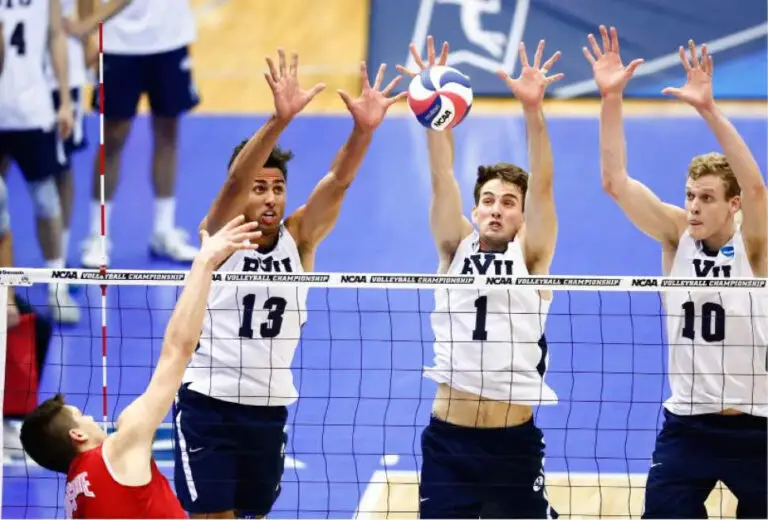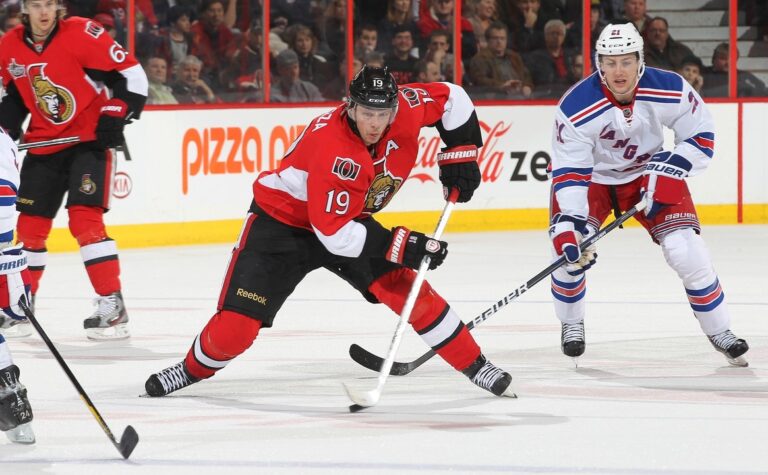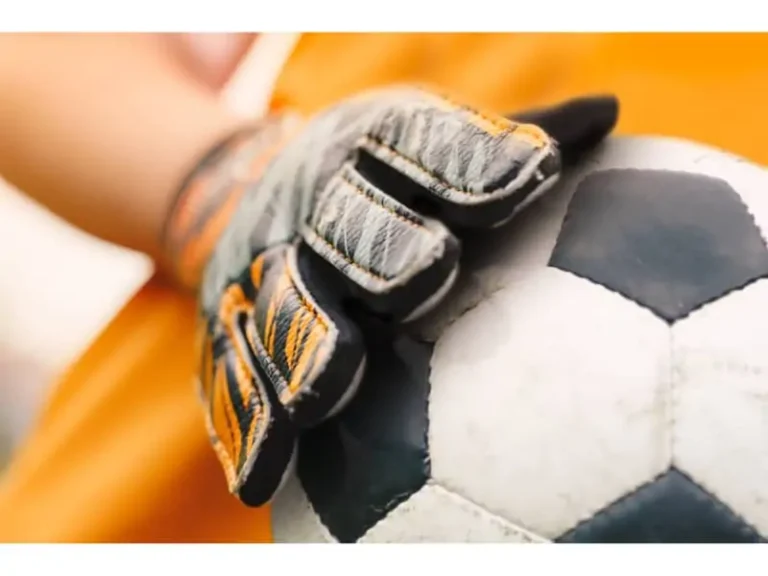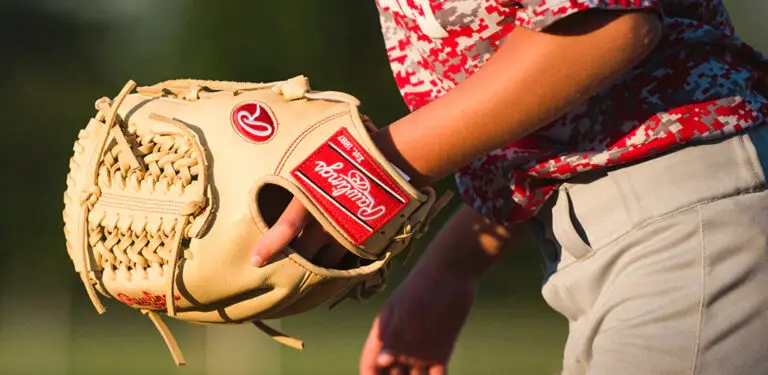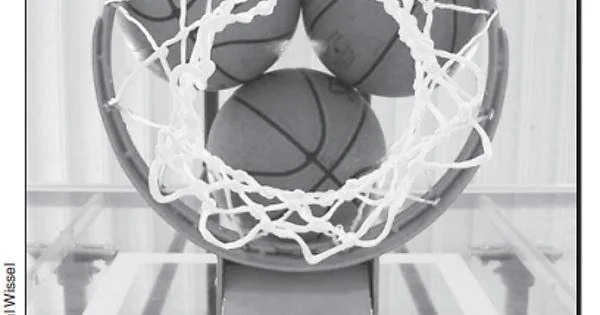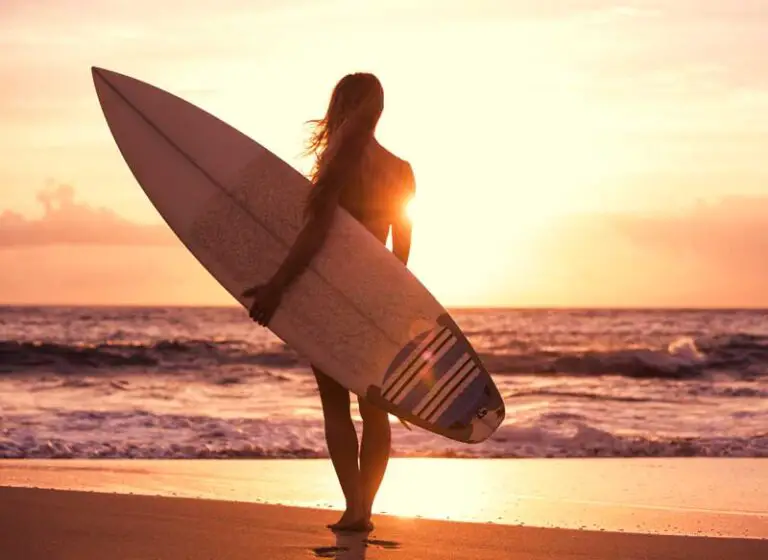What is Freestyle Snowboarding: Discover The Thrills
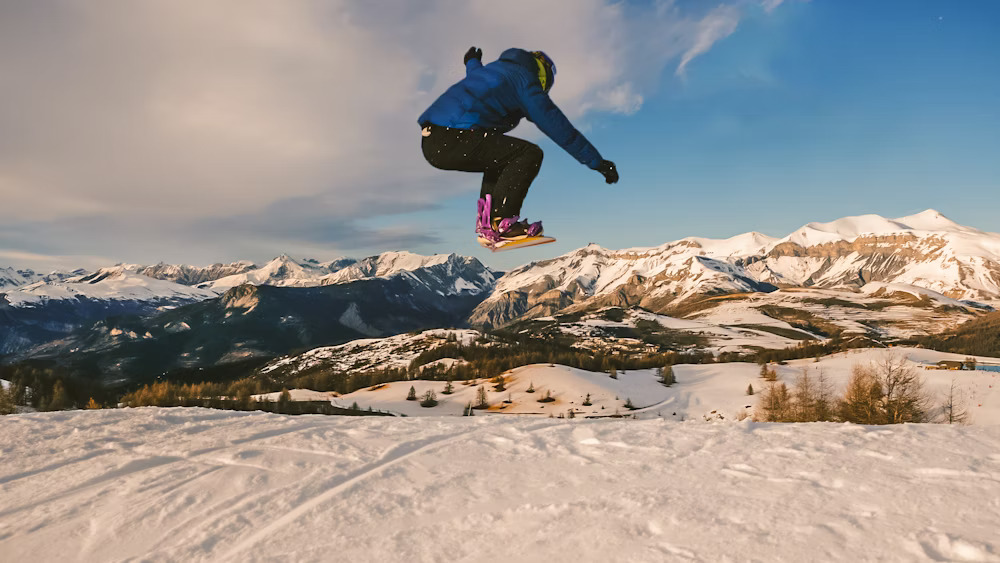
Freestyle snowboarding is a form of snowboarding that focuses on performing tricks and maneuvers on various terrain features. Freestyle snowboarding involves performing aerials, spins, and flips off of jumps, rails, and other obstacles found on the mountain.
Freestyle snowboarding has become increasingly popular in recent years due to its exciting and dynamic nature. In addition to being a fun activity, freestyle snowboarding is also a competitive sport, with events held at both the amateur and professional levels.
To become a successful freestyle snowboarder, athletes must have a strong foundation in basic snowboarding techniques and be able to adapt to different terrain features. They must also have excellent balance, coordination, and spatial awareness to perform the complex and intricate tricks seen in freestyle snowboarding competitions.
THE ART OF FREESTYLE SNOWBOARDING
The Art of Freestyle Snowboarding is a combination of style, creativity, and athletic ability. It is a popular winter sport that has gained a massive following in recent years. Freestyle snowboarding involves riders performing a variety of tricks, such as spins, grabs, and flips, on snow-covered terrain. It is a form of self-expression for riders to showcase their skills and push the limits of what is possible on a snowboard.
A BRIEF HISTORY
The origins of freestyle snowboarding can be traced back to the 1980s when snowboarding started to gain popularity as a sport. It was originally called “skateboarding on snow” and was seen as a rebel sport that was not accepted by ski resorts. However, the sport continued to grow, and in the late 1990s, the first freestyle snowboarding competitions started to take place. Today, the sport is recognized worldwide, and there are many international competitions held throughout the year.
BASIC TECHNIQUES
Freestyle snowboarding involves mastering a range of basic techniques, such as balance, carving, and jumping. It takes time and practice to become proficient in these techniques, and riders need to build their skills gradually. Some of the essential techniques that all freestyle snowboarders need to learn include:
- Carving: Carving is the technique of making turns on the snowboard by tilting the board’s edge. It is vital to maintain balance and control while riding down the slope.
- Jumps: Jumps are a crucial part of freestyle snowboarding. Riders need to learn how to jump and land safely and with style.
- Grabs: Grabs are when riders reach down and grab the board while in mid-air. There are many different grab variations that can be performed, and each adds a unique style to the rider’s performance.
- Spins: Spins are when riders rotate their body in mid-air. They can be performed in different directions and at various speeds.
- Flips: Flips are when riders flip their board in different directions while in mid-air. They require a lot of skill and practice to master.
Becoming a successful freestyle snowboarder requires a lot of dedication, training, and practice. Riders need to be fit, have good balance and coordination, and be willing to take risks. However, with hard work and determination, anyone can learn the art of freestyle snowboarding and enjoy this exciting sport.
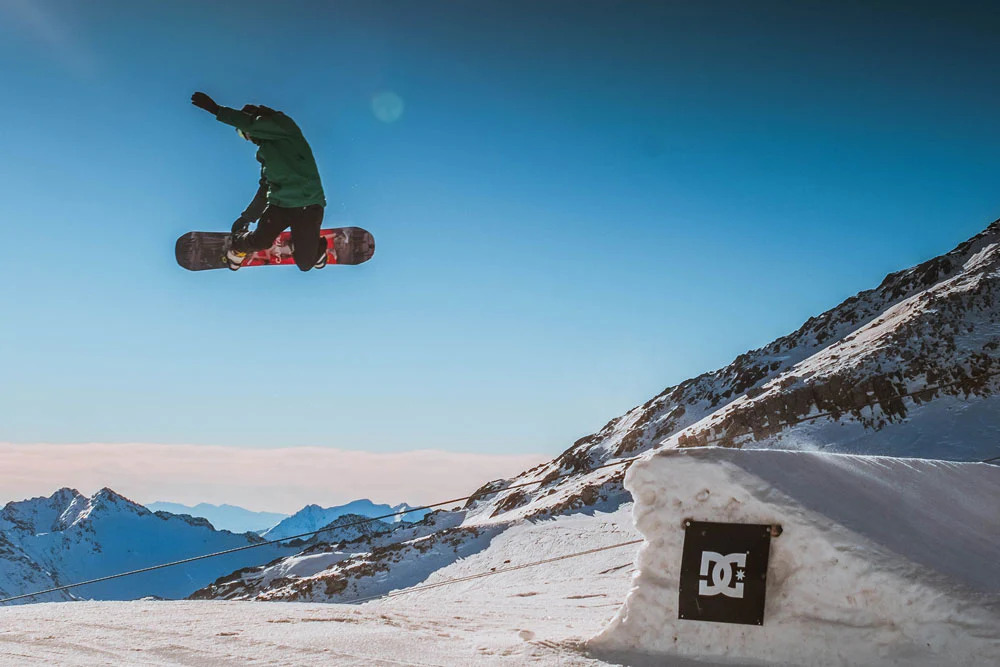
MASTERING THE ART
Freestyle snowboarding is a thrilling sport that involves performing tricks and jumps on a snowboard. To master the art of freestyle snowboarding, one must have a strong foundation in basic snowboarding skills and a willingness to take risks and push boundaries.
With practice and determination, anyone can become an accomplished freestyle snowboarder.
Freestyle snowboarding is an exhilarating sport that takes snowboarding to the next level. It involves performing acrobatic aerial tricks while riding snowboards on varied terrains such as half-pipes, rails, and jumps. The sport offers endless possibilities for creativity and self-expression for both amateur and experienced riders alike. In this article, we’ll take a deep dive into freestyle snowboarding, focusing on mastering the art.
STEP-BY-STEP GUIDE
Freestyle snowboarding requires a combination of balance, agility, and creativity. If you’re a beginner, here’s a step-by-step guide on how to master freestyle snowboarding:
- Start by learning the fundamentals of snowboarding, such as turning, stopping, and carving.
- Get comfortable on the board by practicing basic maneuvers such as ollies and riding switches.
- Focus on developing your balance, strength, and coordination through exercises such as squats and balance drills.
- As you improve, start incorporating simple tricks such as 180s or grabs into your runs.
- Practice on different terrains such as half-pipes, rails, and jumps to hone your skills and build confidence.
- Continue to challenge yourself by learning more advanced tricks and techniques.
ADVANCED TRICKS AND TECHNIQUES
Once you’ve mastered the basics, it’s time to step up your game with advanced tricks and techniques. Here are some of the most challenging and exciting freestyle snowboarding moves:
- The Cork: A backflip with a 180 or 360-degree spin.
- The 1080: A full three-spin rotation in the air.
- The Method: A classic grab move where the rider grabs the back of their board while in mid-air.
- The Handplant: A handstand on a rail or obstacle while riding on the board.
- The Nosepress: When the rider balances on the front end of their board while gliding down a rail or obstacle.
Freestyle snowboarding offers a unique and exhilarating experience. Whether you’re a beginner or an experienced rider, mastering the art of freestyle snowboarding requires practice, perseverance, creativity, and a willingness to push yourself to the limits. With these essential elements, you too can become a master of the snowboard and take your freestyle snowboarding to new heights.
PICKING THE RIGHT GEAR
Freestyle snowboarding is one of the most popular and exciting winter sports, combining athleticism, creativity, and style. To get the most out of your freestyle snowboarding experience, it’s important to pick the right gear that matches your level, style, and preferences. In this post, we’ll explore the essential components of freestyle snowboarding gear and share some tips on how to choose the best equipment for your needs.
BOARD SELECTION
Your snowboard is the foundation of your freestyle snowboarding experience, and it’s important to choose a board that suits your size, weight, and riding style.
- Consider the size of the board: generally, a shorter board is more maneuverable and suitable for park or street riding, while a longer board provides stability and speed for all-mountain or backcountry riding.
- Pay attention to the shape of the board: a twin-shaped board is symmetrical and ideal for riding a switch, while an asymmetrical or directional shape board provides more control and stability in specific conditions.
- Choose the flex rating that matches your skill level and riding style: softer flex is easier to bend and ideal for beginners and park riders, while stiffer flex offers more response and pop for advanced riders and big jumps.
BINDINGS
Your bindings connect your boots to your board and transfer your movements to the board, so it’s important to choose bindings that provide comfort, control, and compatibility.
- Make sure your bindings fit your boots: check the size, shape, and compatibility of your bindings and boots to avoid discomfort, slippage, or damage.
- Consider the level of response and adjustability: generally, a stiffer and more adjustable binding offers more control and support, while a softer and more forgiving binding is easier to learn and play around with.
- Pay attention to the highback and straps: the highback controls the lateral movements of your boots, while the straps secure your boots to the bindings. Make sure both of them provide a snug but not too tight fit and allow for easy adjustments.
BOOTS AND CLOTHING
Your boots provide the interface between your body and your board, and they need to offer a balance of comfort, warmth, and responsiveness. Similarly, your clothing needs to protect you from the elements and facilitate your movements on the board.
- Choose boots that match your foot size and shape, and offer enough support and cushioning for your riding style and level. Make sure they fit snugly but not too tight, and allow for easy adjustments and movements.
- Invest in high-quality socks that provide warmth, moisture-wicking, and protection for your feet.
- Choose clothing that is comfortable, durable, and suitable for the weather conditions and your riding style. Ideally, you want to wear a breathable and waterproof outer layer, a warm and insulated mid-layer, and a comfortable and moisture-wicking base layer.

STAYING SAFE ON THE SLOPES
Freestyle snowboarding is a style that involves performing tricks and maneuvers on various terrain park features such as jumps, rails, and boxes. To stay safe on the slopes while doing freestyle snowboarding, it is important to wear protective gear, start with basic tricks, and always be aware of your surroundings.
Freestyle snowboarding is an exciting sport that involves performing various tricks and jumps on a snowboard. However, it is vital to prioritize safety and take precautions when enjoying this sport. To ensure your safety and prevent injuries, it is essential to be aware of the risk factors associated with freestyle snowboarding. Additionally, you should follow proper precautions, wear protective gear, and maintain control over your movements. In this section, we will discuss the risk factors and common injuries associated with freestyle snowboarding and the proper precautions and protective gear to stay safe on the slopes.
RISK FACTORS AND COMMON INJURIES
Freestyle snowboarding involves many risk factors that can lead to injuries. Some of the most common injuries associated with this sport include:
- Bone fractures, especially in the limbs and wrists
- Head injuries, such as concussions
- Spinal injuries, including spinal cord damage or paralysis
- Sprains, strains, and other soft tissue injuries
The risk of injuries increases if you attempt tricks or jumps beyond your skill level, ride on hard surfaces, or ride in unfavorable weather conditions. Additionally, fatigue, lack of sleep, and distractions can impair your judgment, leading to poor decision-making during the sport. Therefore, it is crucial to ensure that you are physically fit and alert before engaging in freestyle snowboarding.
PROPER PRECAUTIONS AND PROTECTIVE GEAR
To stay safe while freestyle snowboarding, you should follow some proper precautions and wear protective gear. Firstly, always ride within your skill level, and never attempt tricks that are beyond your capacity. Secondly, maintain control over your movements and be aware of other riders around you. Additionally, learn how to fall correctly, avoid jumping blindly, and never attempt to land on your head. Wearing protective gear can significantly reduce the risk of injuries while freestyle snowboarding. Some necessary protective gear includes:
- A well-fitting, certified helmet
- Wrist guards, knee pads, and elbow pads
- A back protector, especially for riders attempting stunts on rails or boxes
Freestyle snowboarding is a thrilling sport that can be enjoyed safely by taking proper precautions and wearing protective gear. By understanding the risk factors and common injuries associated with the sport, learning and following the proper precautions, and wearing the necessary protective gear, we can ensure that we enjoy the sport while minimizing the risk of injuries. Remember, always prioritize safety while freestyle snowboarding.
THE PROFESSIONAL SCENE
Freestyle snowboarding is a discipline that allows riders to showcase their creativity and style on the slopes. It involves performing tricks and jumps on different terrain features such as rails, jumps, and halfpipes. The professional scene of freestyle snowboarding hosts numerous competitions worldwide and attracts huge crowds.
Freestyle snowboarding is a thrilling sport that attracts enthusiasts and professionals from around the world. The professional freestyle snowboarding scene is incredibly competitive and grueling, with athletes pushing themselves to the limit to perform awe-inspiring tricks and techniques.
FAMOUS FREESTYLE SNOWBOARDERS
There are many famous freestyle snowboarders who have made a name for themselves in the sport. Some of the most notable include Shaun White, Chloe Kim, and Mark McMorris. These athletes have competed at the highest levels of the sport, racking up numerous medals and accolades along the way. They are known for their incredible skill and daring, pushing the boundaries of what is possible on a snowboard.
COMPETITIONS AND CONTESTS
Competitions and contests are a major part of the professional freestyle snowboarding scene. These events take place all over the world, with athletes competing for prizes and recognition. Some of the most popular competitions include the Winter X Games, the Dew Tour, and the Burton US Open. These events feature top-level athletes performing incredible tricks and stunts, and thrilling crowds and judges alike. For many athletes, these events are the pinnacle of their careers, representing the culmination of years of hard work and dedication.
In conclusion, the professional freestyle snowboarding scene is a thrilling and exciting world full of talented athletes and incredible performances. Whether you are an avid fan or a casual observer, there is always something to appreciate and admire in this exciting sport.
FREQUENTLY ASKED QUESTIONS ON (WHAT IS FREESTYLE SNOWBOARDING)
WHAT IS THE DIFFERENCE BETWEEN FREERIDE AND FREESTYLE BOARDS?
Freeride boards are designed for carving turns and cruising down the mountain. They are versatile and suited for all skill levels. Meanwhile, freestyle boards are designed for performing tricks and jumps in the park. These boards are shorter and have more flex to handle landings.
WHAT IS FREESTYLE RIDING?
Freestyle riding is a type of sport where riders perform stunts and tricks on their bikes, skateboards, snowboards, or other similar equipment. It involves creatively combining various moves and jumps, often incorporating spins and flips, to showcase skill and style.
The sport originated in skateboarding in the 1970s and has since evolved into different disciplines, such as BMX and snowboarding.
WHAT IS FREE RIDING SNOWBOARDING?
Free riding snowboarding is a style of snowboarding that involves riding off the beaten path in natural or unmarked terrain. It allows riders to explore new areas and test their skills in diverse conditions. It is popular among adventurous snowboarders who want to experience the thrill of riding untouched snow.
WHAT IS FREESTYLE TERRAIN SNOWBOARDING?
Freestyle terrain snowboarding is a discipline where riders perform tricks in terrain parks, halfpipes, and other specially designed areas. The terrain includes jumps, rails, boxes, halfpipes, and other features that challenge snowboarders to showcase their skills and creativity. It’s a fun and exciting way to experience snowboarding and push oneself to new limits.
CONCLUSION
Freestyle snowboarding is an exhilarating sport that requires immense skill, technique, and creativity. It is all about pushing boundaries, breaking rules, and expressing oneself through improvised movements. Whether you are a professional snowboarder or just a hobbyist, freestyle snowboarding offers something for everyone.
Just remember to stay safe, practice regularly, and never be afraid to try new things. With dedication and hard work, you can certainly master the art of freestyle snowboarding and experience an unforgettable ride down the slopes. So, grab your snowboard and let the adventure begin!

